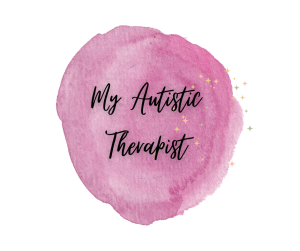Generic Name: Amoxapine
Brand Names: Ascendin
Drug Class: Tricyclic antidepressant (TCA), Atypical Antipsychotic
Similar Class Drugs: Nortriptyline, Amitriptyline
Available Dosage Form: Oral tablet

What is Amoxapine?
Amoxapine is a metabolite of Loxapine (TCA). The FDA approved it to treat refractory depression, depression with anxiety or agitation component, relapsed depression, psychosis, and depression with psychologic and endogenous causes.1
Amoxapine has mild sedative properties and modulates the action of various neurotransmitters. However, it has greater selectivity for norephedrine and serotonin receptor 6 (5HT6). It inhibits the re-uptake of norepinephrine and serotonin back into the neuronal cell membrane.1
Amoxapine has the potential to be used as an atypical antipsychotic. A clinical trial was constructed to test the efficacy of Amoxapine in comparison to Risperidone in the treatment of schizophrenia. The results of the trial demonstrated an improvement in schizophrenic symptoms with Amoxapine. The trial concluded that the therapeutic efficacy of Amoxapine was equitable to Risperidone in suppressing psychosis. Amoxapine exhibited significantly fewer risks of tardive dyskinesia during the trial. 2
Amoxapine is also implicated in treating neuropathic pain and diarrhea caused as a side effect of a chemotherapeutic agent, irinotecan.1
How to use Amoxapine?
– Initial starting dosage for otherwise healthy adults is 50mg two or three times daily
– The medication can make you drowsy. Make sure to take the single oral dose at bedtime
– Do not drive or operate heavy machinery after taking the tablet
What are the side effects of Amoxapine?
Common side effects with Amoxapine:
– Insomnia
– Palpitations
– Tachycardia
– Hypotension
– Constipation
Side effects with chronic use:
– Involuntary muscle movements – Tardive dyskinesia
– Persistent pupillary dilation can cause angle-closure glaucoma
Adverse effects might present as
– Exacerbation of manic symptoms in patients with a history of bipolar disorder
– Priapism
– Sedation, dry mouth, Parkinson’s symptoms, delirium in geriatric patients above 65
Who should not use Amoxapine?
– Patients with ongoing therapy with MAOIs
– Those with a history of hypersensitivity with TCAs
– Patients in the recovery phase after myocardial infarction
Some important considerations:
– Dosages can be increased if the condition stays unresponsive to treatment for more than 2 weeks after consultation with your doctor.
– Children and young adults are at an increased risk of developing suicidal behavior. Report immediately if you suspect suicidal inclination in children after Amoxapine therapy.
References
- Abbas S, Marwaha R. Amoxapine. [Updated 2020 Nov 29]. In: StatPearls [Internet]. Treasure Island (FL): StatPearls Publishing; 2021 Jan-. Available from: https://www.ncbi.nlm.nih.gov/books/NBK540980/
- Apiquian, R., Fresan, A., Ulloa, RE et al. Amoxapine as an Atypical Antipsychotic: A Comparative Study Vs Risperidone. Neuropsychopharmacol 30, 2236–2244 (2005). https://doi.org/10.1038/sj.npp.1300796










